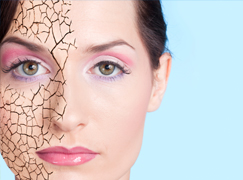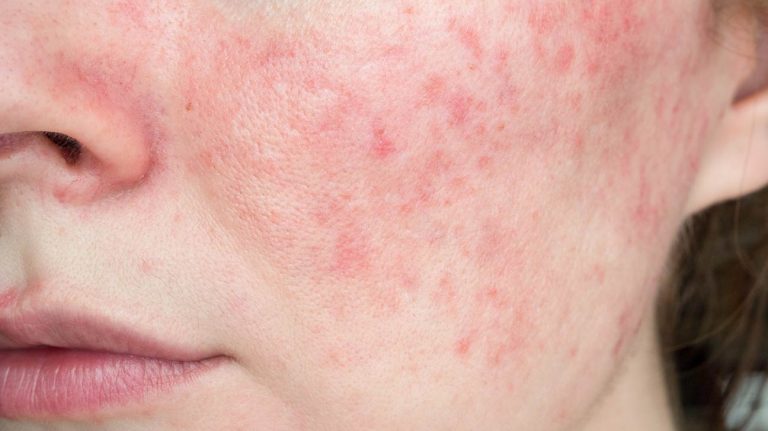
Neglecting your skin is a sin!
Sadly, many often neglect their skin or don’t care for it as well as they should. But the better we understand our skin, the happier and healthier it will be. Find out about some of the most common “sins” that are often made when it comes to skin care, and learn what you can do to fix them!
Mistaking Dehydration for Dry Skin
When the skin feels tight and rough on the surface, often we assume the skin is dry (meaning oil dry), when in fact the skin is dehydrated (meaning moisture dry). When skin is dehydrated, reaching for richer, oilier products is not the answer. These products may temporarily make the skin feel softer, but they will not actually help eradicate the problem.
What to do: The key to treating dehydration is to exfoliate and introduce products that are rich in moisture and contain humectants, such as cross-linked Hyaluronic Acid. It’s also important to repair the barrier function of the skin with treatment moisturizers.
Confusing a Sensitized Skin Condition with a Sensitive Skin Type
Anyone can have a sensitized skin condition. This is when the skin becomes irritated from environmental factors such as stress, ultraviolet (UV) exposure, irritants, fragrance, medications and incorrect product use. It can happen at any time for either short or prolonged periods. A sensitized skin is a very treatable condition, whereas sensitive skin is a genetic skin type, one that is fair, fine, prone to dryness, burns easily in sunlight and is continually sensitive.
What to do: You can effectively treat sensitization by choosing products designed to calm and soothe skin.
The Double Cleanse
A big sin for some is poor cleansing. Many people only spend seconds having a quick rub round with their face wash and a splash off with water. But cleansing is a vital step in skin health, so dedicating a whole minute or two on your cleansing routine will reap you great rewards with heavenly skin.
What to do: Cleanse twice. The first cleanse removes superficial dirt, grime and make-up, and the second cleanse results in “squeaky clean” skin. Remember to cleanse into the hairline, around the ears and down the neck, focusing on areas of congestion.
Incorrect Product Removal
We tend to be slapdash when it comes to removing our cleanser and other products, but if residue is left behind, it can cause the skin to congest, break out and/or become irritated.
What to do: It’s essential to remove all traces of your cleanser and other removable products from the skin thoroughly, especially around the hair and jaw lines with water.
Not Enough Sunscreen
The sun can have an extremely damaging impact on our skin. Many people apply less than a pea size amount of sunscreen, or worse, they expect the minimal amount of SPF in their foundation to do the job.
What to do: The American Cancer Society recommends you apply at least SPF30 every day to ensure you are getting the proper amount of sun protection. Reapplication is recommended every 2 hours, and be sure to use a full teaspoon for the face and an ounce for the body.
Expired Products
All skin care and cosmetic products have a “use by” date, and it’s really important to respect them just like you do your food. Bacteria forms on products and ingredients can lose their effectiveness, so toss them if their time is up.
What to do: Always check the expiry dates and the PAO (period after opening) symbols on each product. These will indicate how long a product is active and how long it will last once opened.
False Perceptions About Skin Care
Many falsely believe that skin care is not a necessity, but rather a luxury. But skin is the largest living organ we have and its function is to protect us and be the “top coats” of our bodies – it deserves to be kept as healthy and vital as possible.
What to do: Seek the advice of a professional skin therapist to guide you on an appropriate skin care routine that fits your lifestyle and your budget.
Give us a call at 780-481-2414 to book an appointment for a skin care consultation.
– article by Emma Hobson for The International Derma Institute



